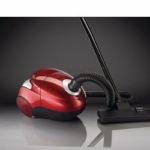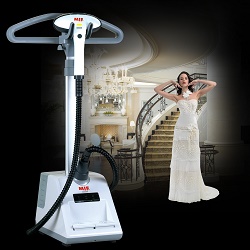How vacuum cleaner robots work
A modern working person has almost no free time. That is why there is a need to have a special robot vacuum cleanerwho will be able to maintain cleanliness in the house during your absence. Such models are considered "smart", capable of solving a lot of problems. But how do they work? We offer you detailed information with photos and videos.
Content
Navigation
Thanks to the navigation system, the robot can navigate in space. Only on this characteristic will depend not only the quality of the washed floors, but also whether they will be washed at all. There are 4 main types of navigation:
- video cameras;
- vacuum cleaner sensors;
- laser guidance;
- external sensors.
Vacuum cleaner sensors
Each of these methods has its positive and negative sides. All navigation types work in dynamic mode, constantly scanning the space and noting possible permutations to correct your cleaning plan. In addition, contamination is also recorded in order to first start cleaning more polluted places.
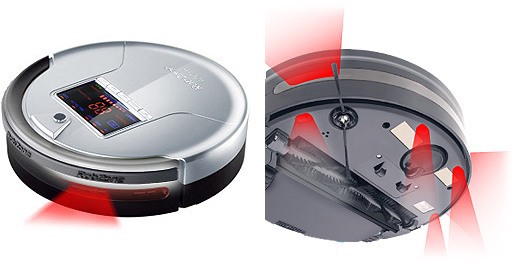
The robot brakes or stops a little before an obstacle, after which it comes into contact with it and continues cleaning along the cabinet or sofa.
External sensors
This type of navigation is similar to the first option, except that it is present here. room separation function in several areas for the most clean and fast cleaning. Often it is used exactly 2 sensors (beacon). The first is to scan the space and determine its location in it, and the other to scan further targets.
Laser navigation
This type of navigation is considered the most modern. Its principle is that the device installs special rangefindersthat determine the distance and make a map of the room, which are presented in the form of straight marked lines.
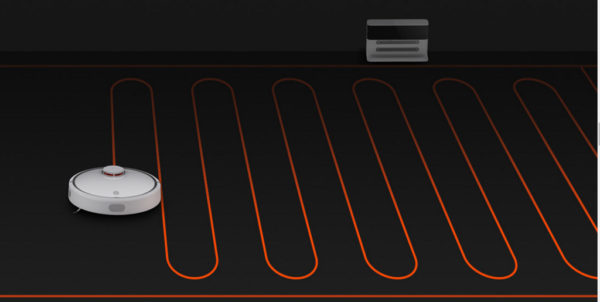
Camcorders
Often, the camera is installed on the highest point of the robot and scans all data from the walls, floor, etc. Cleaning such a robot is carried out first in one room, and then the vacuum cleaner moves to another. Movement made in straight lines. In addition, this type of navigation can be not only the main, but also additional to other options.
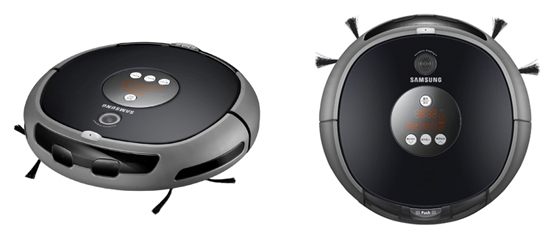
Garbage collection
Naturally, the main purpose of the robot vacuum cleaner is cleaning the area. In this case, all manufacturers are similar. As for the classic garbage collection option, it looks like this: while moving, the side brush sweeps away all the garbage to the central one, which is capable of collecting almost all types of dirt.
Many people mistakenly think that the power unit, suction dust, is the main part of the vacuum cleaner, in fact it is the central brush that does all the basic work. It throws dirt towards the dustbin, where dust, lint, etc., are sucked in with air. Outside comes clean air that has passed through several filters.
These are the classic principles of work that are taken as a basis and are used in almost all models.
Additional features
Based on the manufacturers, these or other characteristics and capabilities of the vacuum cleaner robot may change:
- Types and number of central brushes. Some manufacturers put 2 brushes, the second of which is made of rubber. They specially rotate towards each other, thereby very qualitatively removing all contaminants, from small to large.
- The number of side brushes. You can find several models, where the second additional brush is installed on the side, which enhances the intensity of purification.
- Different types of filtration. Different types of filters are used for this, ranging from single-layer and the simplest to high-quality HEPA. The latter are recommended for allergies.
- Dust capacity and power power unit. Capacity is in the region of 40-65 watts, and the volume of containers - in the range of 0.4-1 liters.
To a greater extent, it is the central brush that affects the quality of cleaning. But it is necessary to take into account all the parameters and characteristics during the selection of the robot vacuum cleaner.
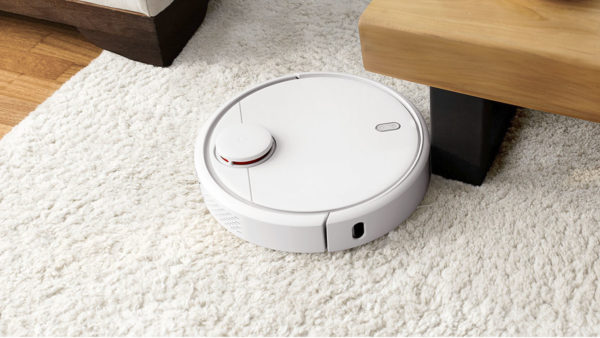
At the end of the cleaning
In the course of work at the vacuum cleaner, the charge is gradually consumed, so when he reaches a certain point, he begins to look for charging basein order not to disconnect.It focuses on the infrared beam emanating from the base. After docking with the last vacuum cleaner begins to recharge.
To correctly search the base, the robot vacuum cleaner is equipped with a special tower or sensor that captures the signals.
Those vacuum cleaners that use lasers and cameras as navigation often simply remember the location of the base, after which they simply travel, guided by the map.
Criterias of choice
Now that you know how home vacuum cleaning robots work, you need to decide on the criteria for their selection. At first glance, the purchase of this household appliance does not differ from the rest, but it is necessary to approach this process with the utmost responsibility.
So, before you make a choice, you need to decide on exactly what qualities are in priority.
In 1860, US citizen Daniel Hess was the first to receive a patent for a device that worked on the basis of rotating brushes and air. And initially in this device not a dust collector, but water chambers were used.
Most buyers when choosing this device, pay attention to the following criteria:
- Quality cleaning. Naturally, this household equipment will not be able to perform cleaning better than a human, but the robot must bring its results closer to the maximum possible. It is necessary to pay attention to the navigation system and the ability to go around obstacles, the quality of cleaning will depend on it. There are both ordinary and washing models.
- Noise level. Due to the fact that the device is cleaning long enough, I would not want it to annoy with its noise.
- Purchase price. The price of a robotic device can be very high, depending on various additional functions, such as Wi-Fi, etc. Each makes their own choice, based on their financial capabilities.
- Some also pay attention to environmental friendliness cleaning up
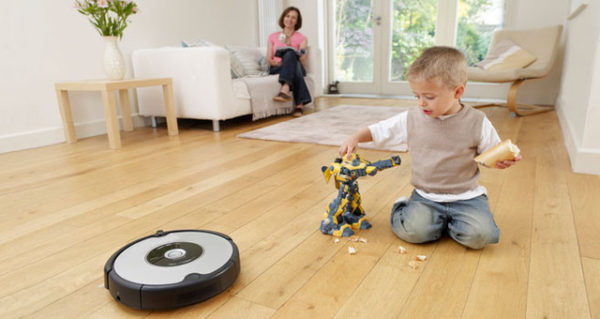
TOP best modern robot vacuum cleaners
After monitoring the available models in this market segment, we managed to compile ranking of the best robot vacuum cleaners:
- Panda "X500 Pet Series";
- iRobot Roomba 780;
- Samsung "SR8750";
- Karcher "RC 3000";
- Xrobot "XR-510D";
- LG VR5905LM;
- Philips "FC 8802".
To make the final choice, watch the video.

/rating_off.png)






